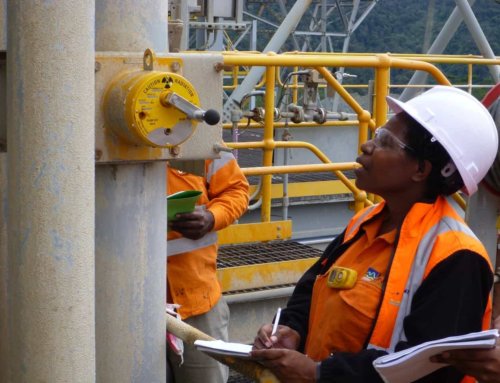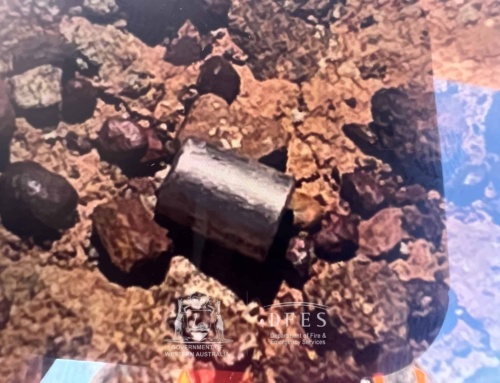New technologies inevitably spark new forms of exploration. Most recently, the rising interest in electric vehicles has led to more exploration applicants hoping to take advantage of the demand for the rare earth materials used in EV batteries. These include chemical elements such as dysprosium and lithium as well as other rare earth deposits associated with uranium and thorium, and other mineral sands.
But as with any exploration, there are risks to consider and interest in rare earths does mean applicants are encountering naturally occurring radioactive materials (NORM).
Although the regulatory requirements are not as onerous for exploration as they might be for an operating site, there are still systems to comply with. Specifically, applicants must navigate the NORM requirements jointly set out by the Department of Mines, Industry Regulation and Safety (DMIRS) and the Radiological Council of WA (RCWA).
Registration of a NORM site, and therefore having a radiation management plan (RMP), is required if the regulator designates, in writing, the material to be radioactive material. This designation would follow if the material exhibits radioactivity, emits ionising radiation particles or contains radionuclides of natural origin and if the activity concentration in the material exceeds 1 becquerel per gram. That plan would need to be submitted to DMIRS and RCWA.
Radiation monitoring requirements vary depending on the activity involved at the site, but at a minimum a licensee should consider baseline surveys for rehabilitation, dust monitoring, and personal dosimetry. The baseline survey needs to be conducted before digging begins and the site should be returned to pre-exploration readings or better after work at the site has finished.
Dust monitoring is important to ensure the safety of the workforce, since a priority with NORM is suppression of alpha particles that get carried in dust. As covered in a previous blog, alpha radiation presents a health risk when it is inhaled or ingested. One important safety measure is the use of dust masks when drilling where NORM are present.
Personal dosimeters measure and record the radiation dose a person receives from the ground or from the material around them, and are important safety measures at NORM sites. These include Optical Stimulated Luminescence (OSL) and Thermoluminescence Dosimeter (TLD), which are worn to measure potential occupational doses from gamma radiation and X-rays.
For anyone looking at rare earth exploration, it’s important to note that DMIRS is keenly focused on health and hygiene management plans, whether these are very basic plans – depending on the level of activity at a site – or highly developed plans. These plans should be submitted with the RMP. The tighter focus on health and hygiene comes with the introduction of the Work Health and Safety (Mines) Regulations of 2022.
One reason for this tighter focus is the increased volume of mining lease applications as rare earth mineral prospectors look to jump on the bandwagon of lithium in rare earth as well as for other minerals such as nickel ore. At the same time, more of the current decision makers at DMIRS come from a health and hygiene background in business and are keen to establish practical safety guidelines rather than sticking to past bureaucratic practices.





